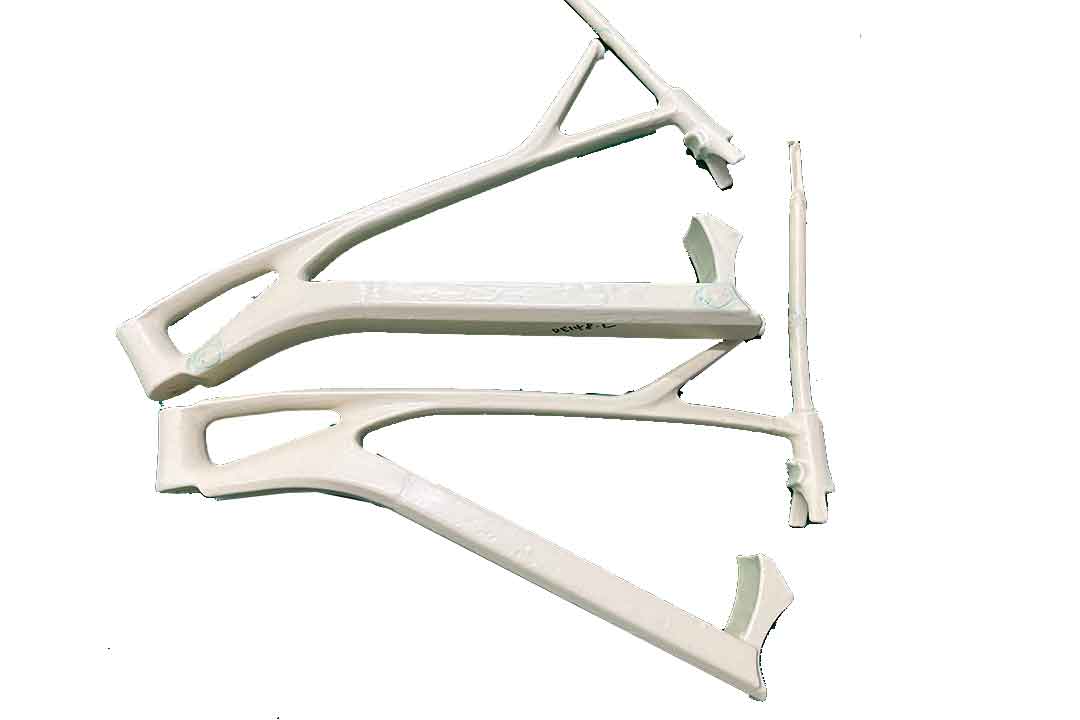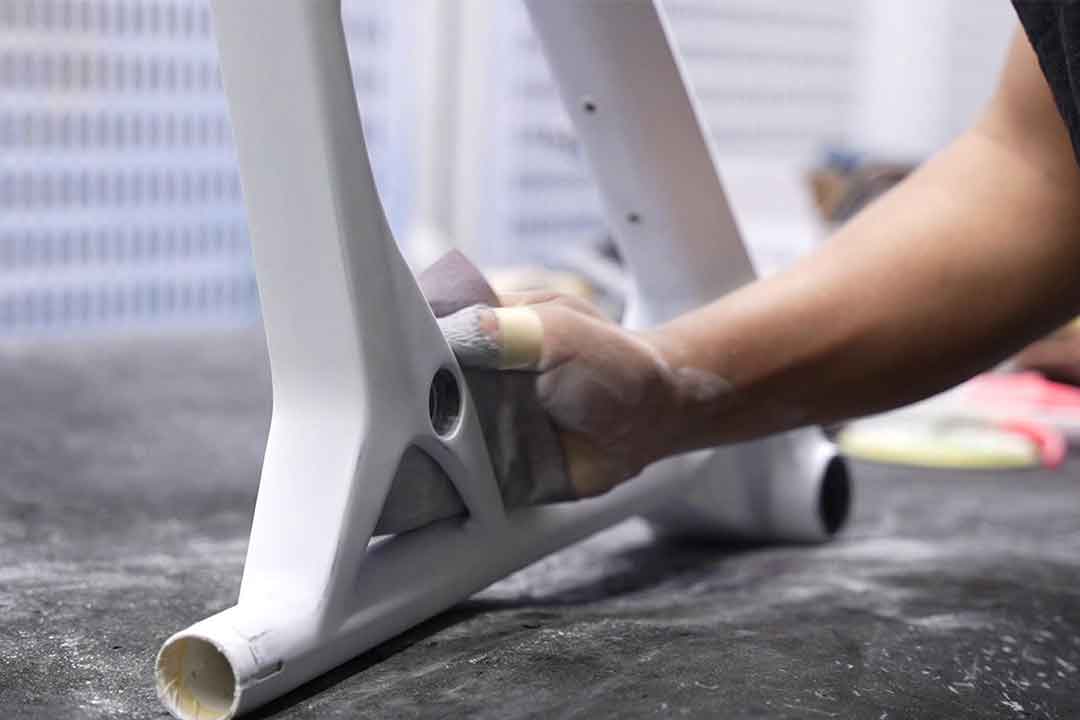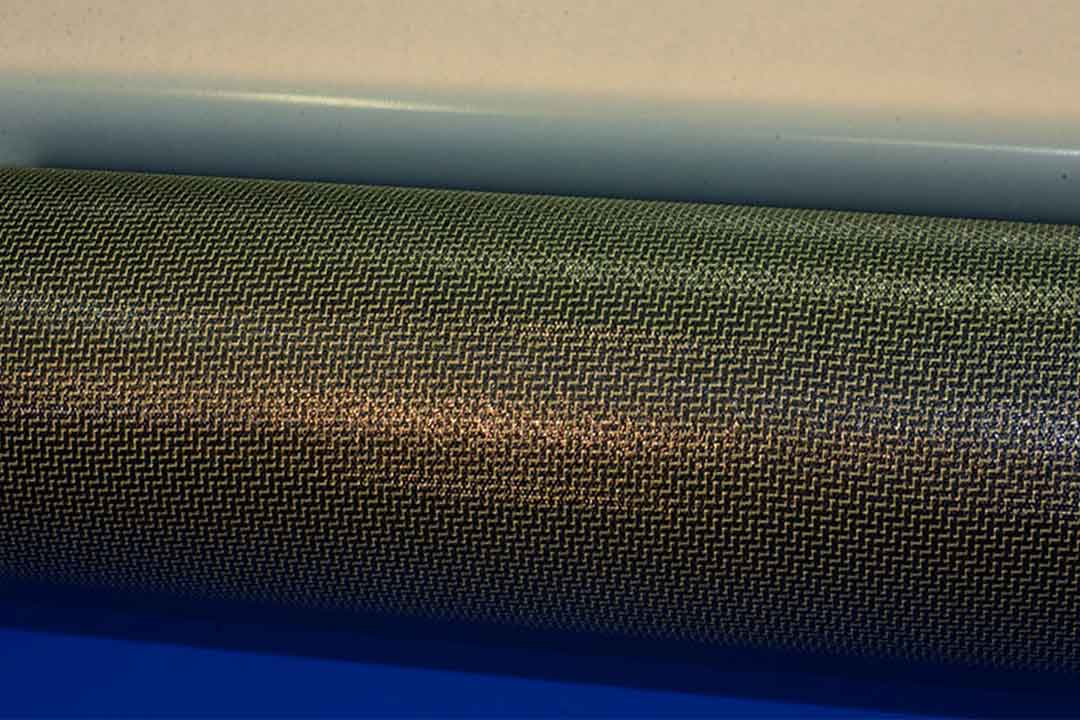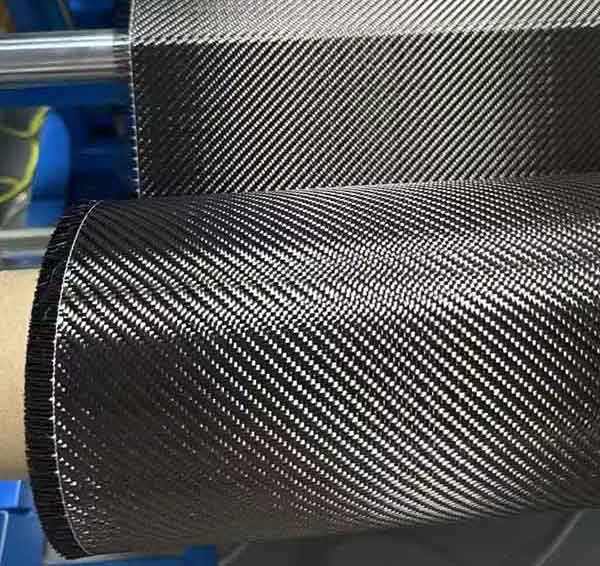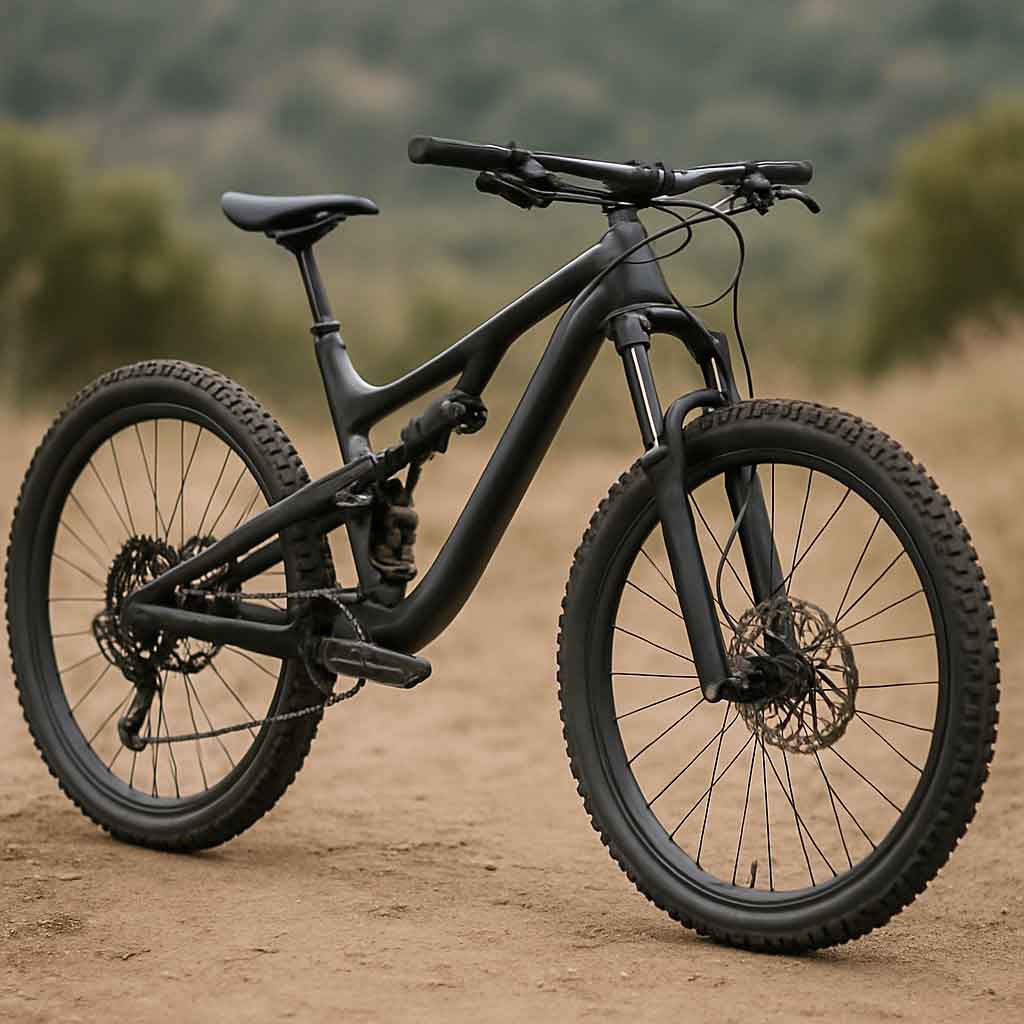Welcome to Mondince Bike - A well-known factory specialized in produce carbon bike frame and other parts since 2007.
What is Carbon Fiber? The Ultimate Guide to High-Performance Materials
Introduction to Modern Material Engineering
Carbon fiber represents the pinnacle of material science innovation. This sophisticated composite technology merges exceptional strength with remarkable lightweight properties, making it a preferred choice across industries demanding superior performance solutions.
Core Characteristics and Benefits
This engineered material demonstrates properties that significantly outperform traditional alternatives:
Outstanding Strength-to-Weight Ratio: Five times stronger than steel while being substantially lighter
Exceptional Rigidity: Features an extremely high elastic modulus, twice as stiff as steel while maintaining design flexibility
Chemical Resistance: Highly resistant to corrosion and chemical degradation
Temperature Resilience: Maintains structural integrity under extreme heat conditions
Minimal Thermal Expansion: Remains stable across varying temperature ranges
These qualities make composite materials ideal for applications where weight reduction must not compromise structural integrity.
Manufacturing Process: From Raw Materials to Finished Product
The production of high-performance materials involves precise chemical and mechanical processes:
Precursor Preparation
The manufacturing journey begins with creating slender, robust crystalline filaments, each potentially finer than human hair. These fundamental building blocks of advanced composites are carefully produced through controlled manufacturing processes.
Carbonization Phase
During this critical stage, the material undergoes intense heating in oxygen-free environments to prevent combustion. This process initiates carbonization, where atoms vibrate intensely, expelling non-carbon elements and leaving behind tightly interlocked carbon chains.
Alternative Manufacturing Methods
Compared to dry processes, wet layup techniques utilize liquid resin to impregnate the reinforcement. While offering slightly less control over resin distribution, they provide cost advantages in certain application scenarios.
Production Stages
Fiber Spinning: Transforming raw materials into fibrous structures
Stabilization: Preparing materials for high-temperature treatment
Carbonization: Converting stabilized fibers into pure carbon form
Surface Treatment: Enhancing bonding capabilities
Sizing: Applying protective coatings for handling and processing
The resulting composite can be twisted like yarn, woven into fabric, or molded with optimized resin content to create durable components with a polished finish.
Advanced Applications and Industrial Uses
The unique properties of this specialized material prove invaluable across multiple sectors:
Aerospace Industry
The pursuit of weight reduction in aircraft and spacecraft has made reinforced composites essential for modern aviation components, where their high stiffness characteristics are crucial for aircraft structures.
Automotive Innovation
High-performance vehicles utilize advanced composites for structural elements, body panels, and interior features, significantly reducing weight while enhancing safety and performance.
Defense and Security
The defense sector employs these materials for protective gear, vehicle armor, and specialized equipment where strength and light weight are mission-critical.
Recreation and Sports Innovation
From sporting equipment to luxury goods, these composites provide both functional advantages and aesthetic appeal through distinctive glossy surfaces and technological appearance.
Material Varieties Explained
Manufacturing Process Comparison
Dry processing uses pre-impregnated materials that allow superior control over resin content and distribution, delivering enhanced performance characteristics compared to wet layup methods. While alternative techniques offer slightly different advantages, they remain competitive in specific applications.
Grades and Performance Differences
The manufacturing process can yield various material grades, including high-modulus versions designed for applications requiring special stiffness and dimensional stability. Different composite grades show significant variations in elastic modulus, meeting diverse engineering requirements.
In-Depth Material Performance Analysis
The Importance of Material Stiffness
Elastic modulus serves as a crucial indicator of a material's ability to resist elastic deformation. Advanced composites excel in this aspect, where high stiffness ensures structural stability under load - particularly vital for aerospace and precision instrument fields.
Balancing Material Properties
While renowned for high rigidity, different manufacturing methods and resin systems can achieve the optimal balance between stiffness and toughness. This tunability enables engineers to optimize material performance according to specific application needs.
Future Prospects and Developments
Advanced composite technology continues to evolve through improvements in production techniques and material science. As manufacturing processes become more refined and accessible, these exceptional materials are finding applications in increasingly diverse fields, from renewable energy to architectural design.
The ongoing development of high-performance materials and innovative composite formulations ensures this technology will remain at the forefront of material science, driving innovation across industries that demand the perfect balance of strength, lightweight properties, and durability.
Whether you're considering advanced composite solutions for automotive applications, aerospace projects, or consumer products, understanding key parameters such as material stiffness, manufacturing processes, and performance characteristics will help you make more informed decisions for your next engineering project.



